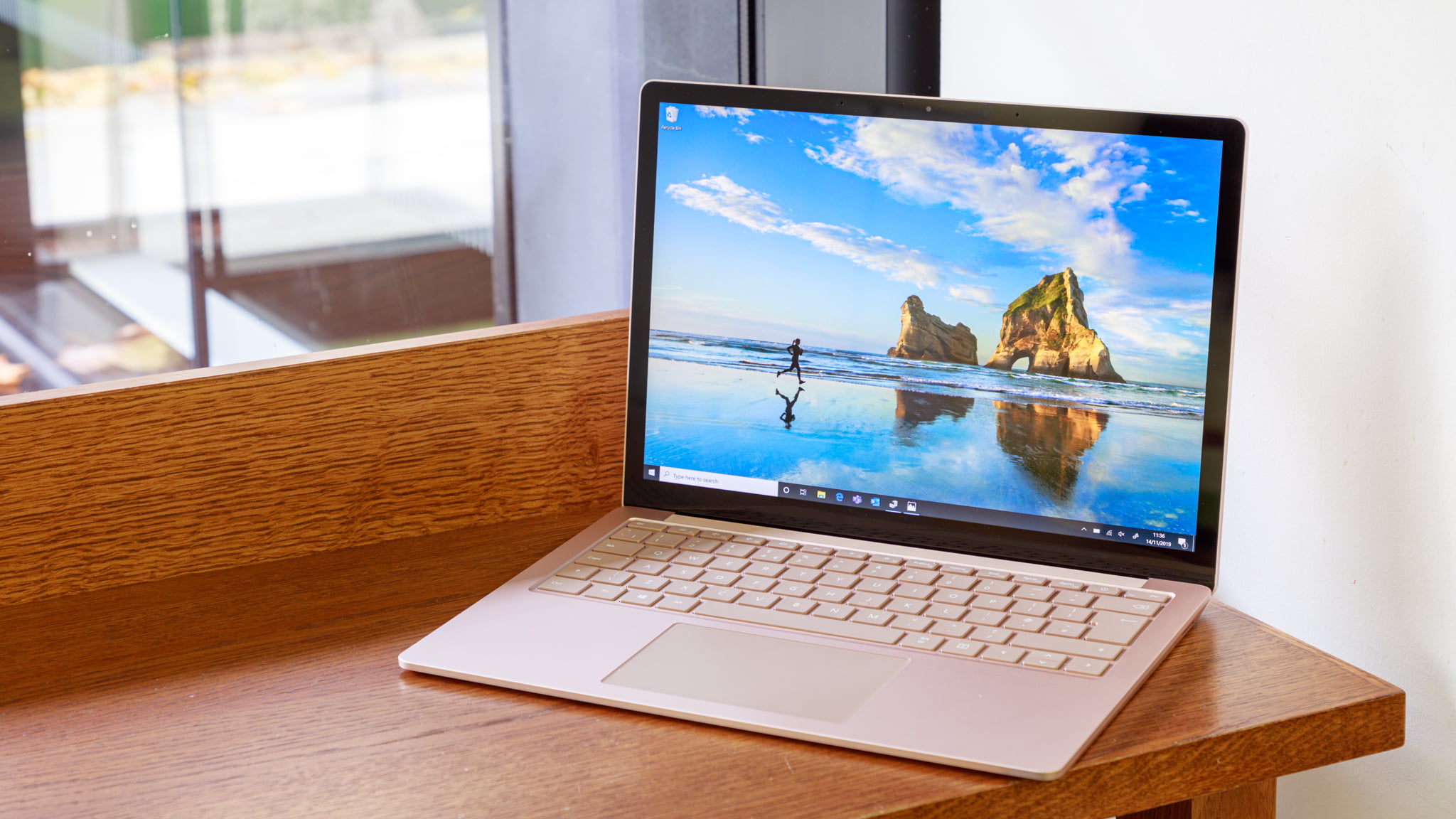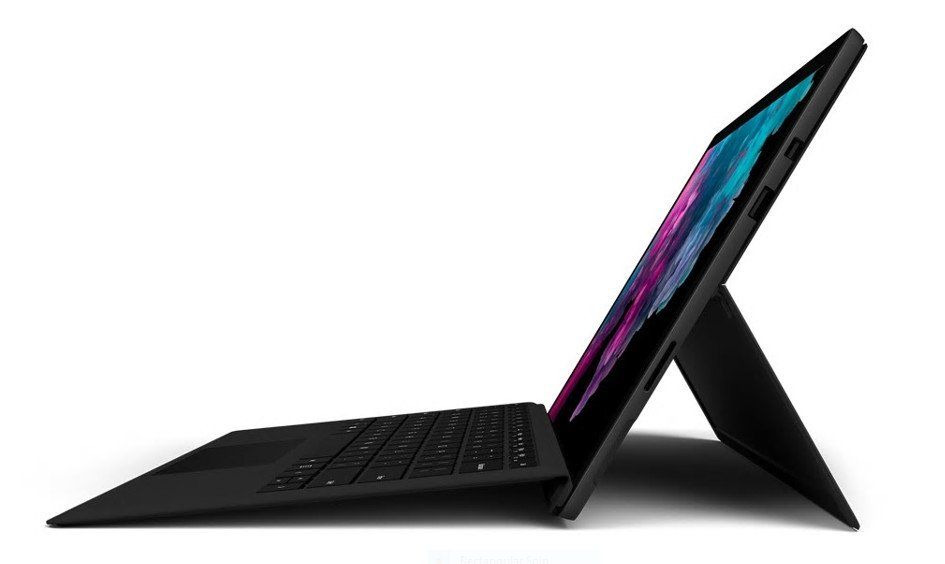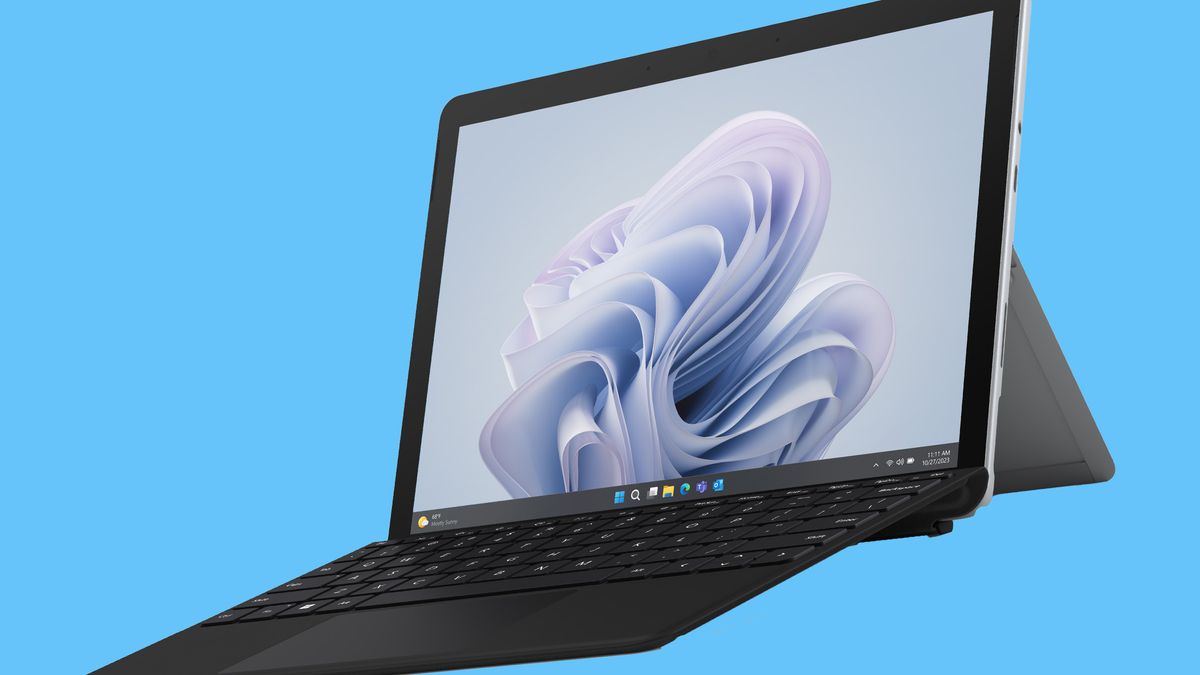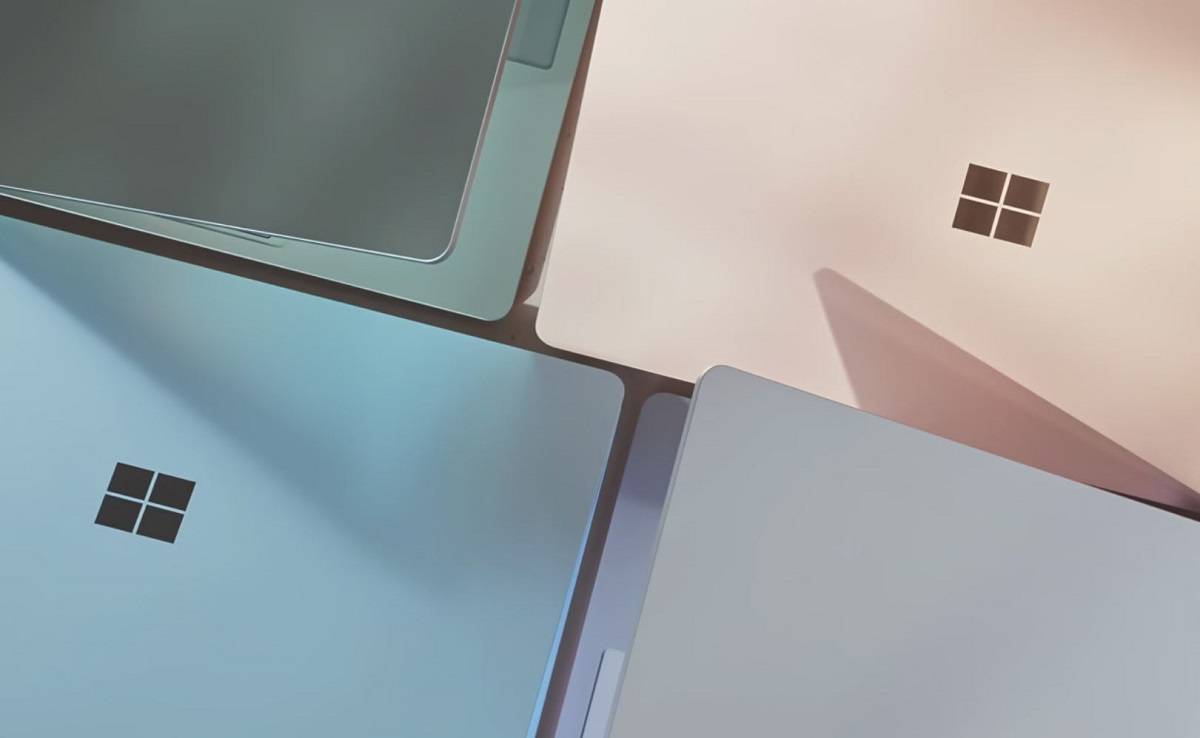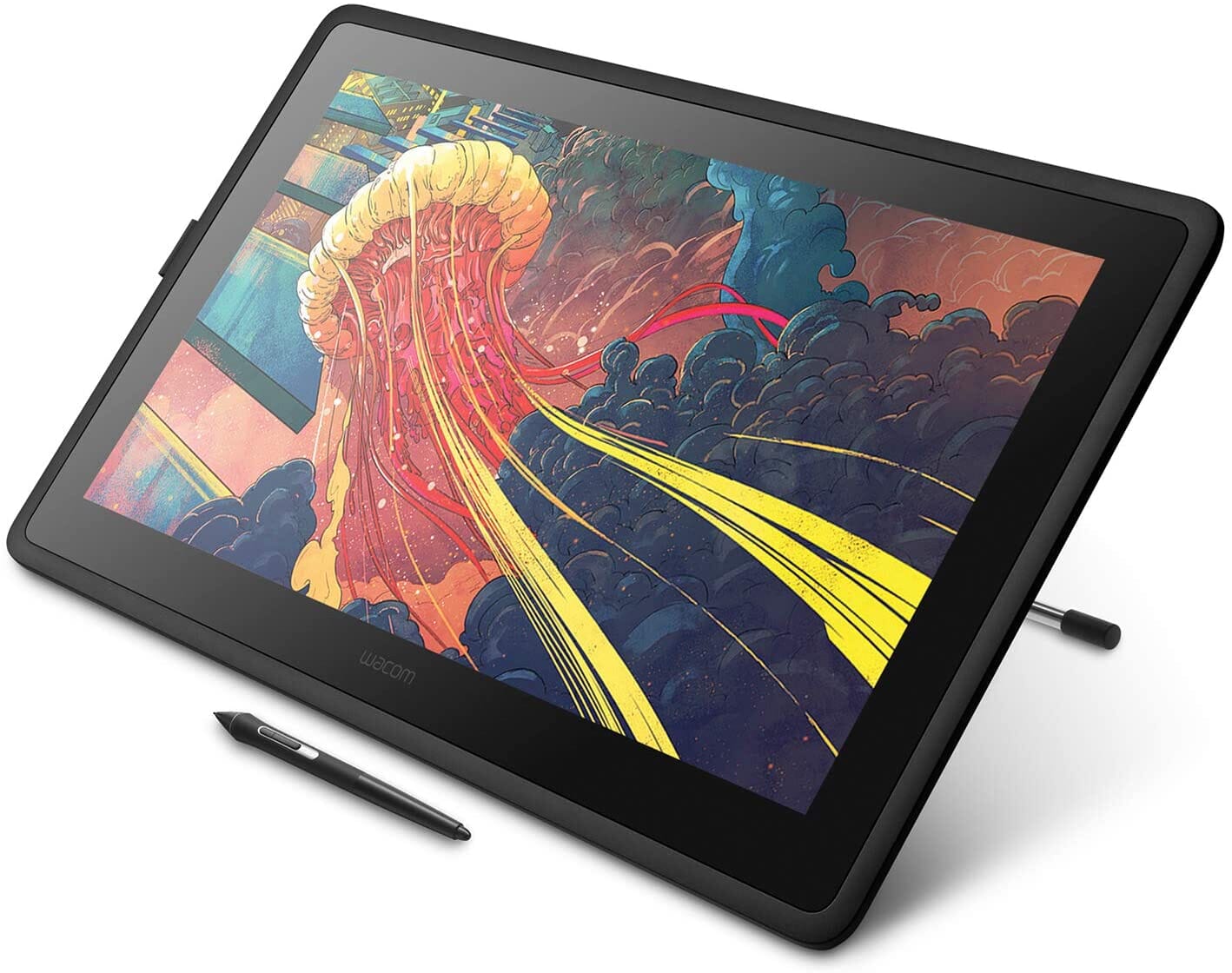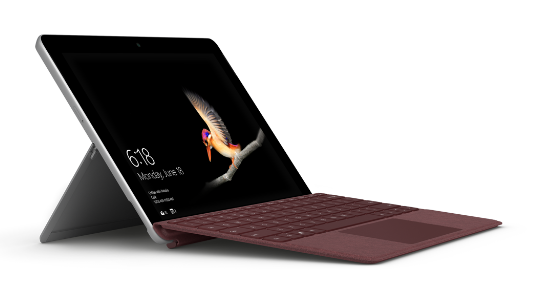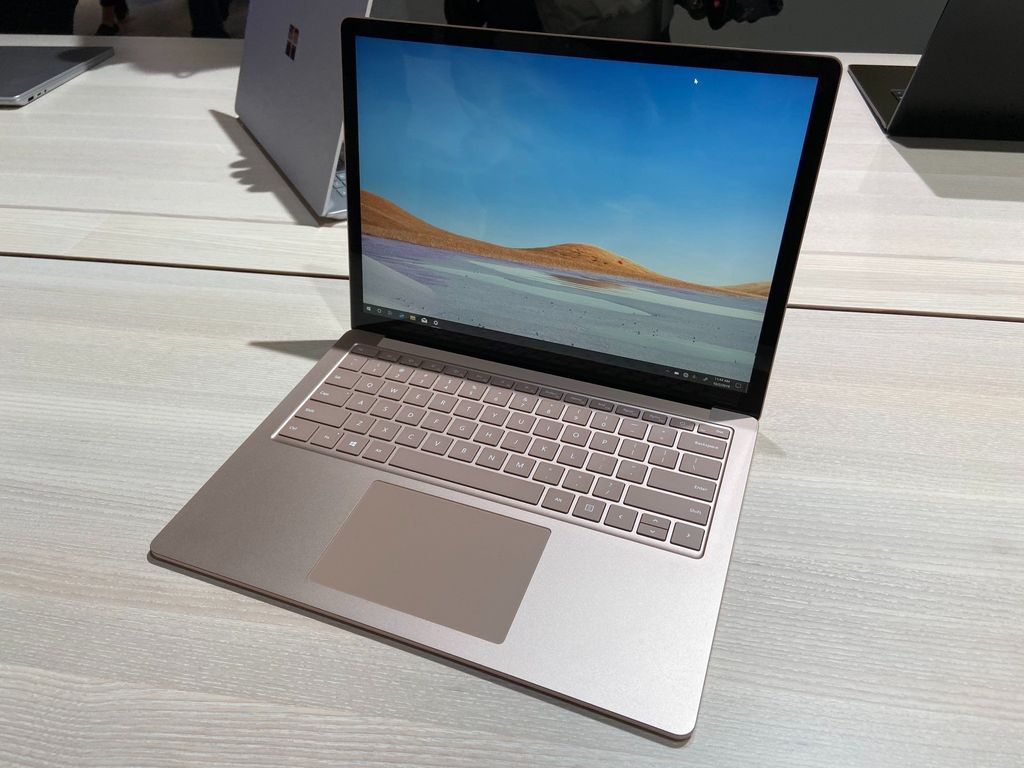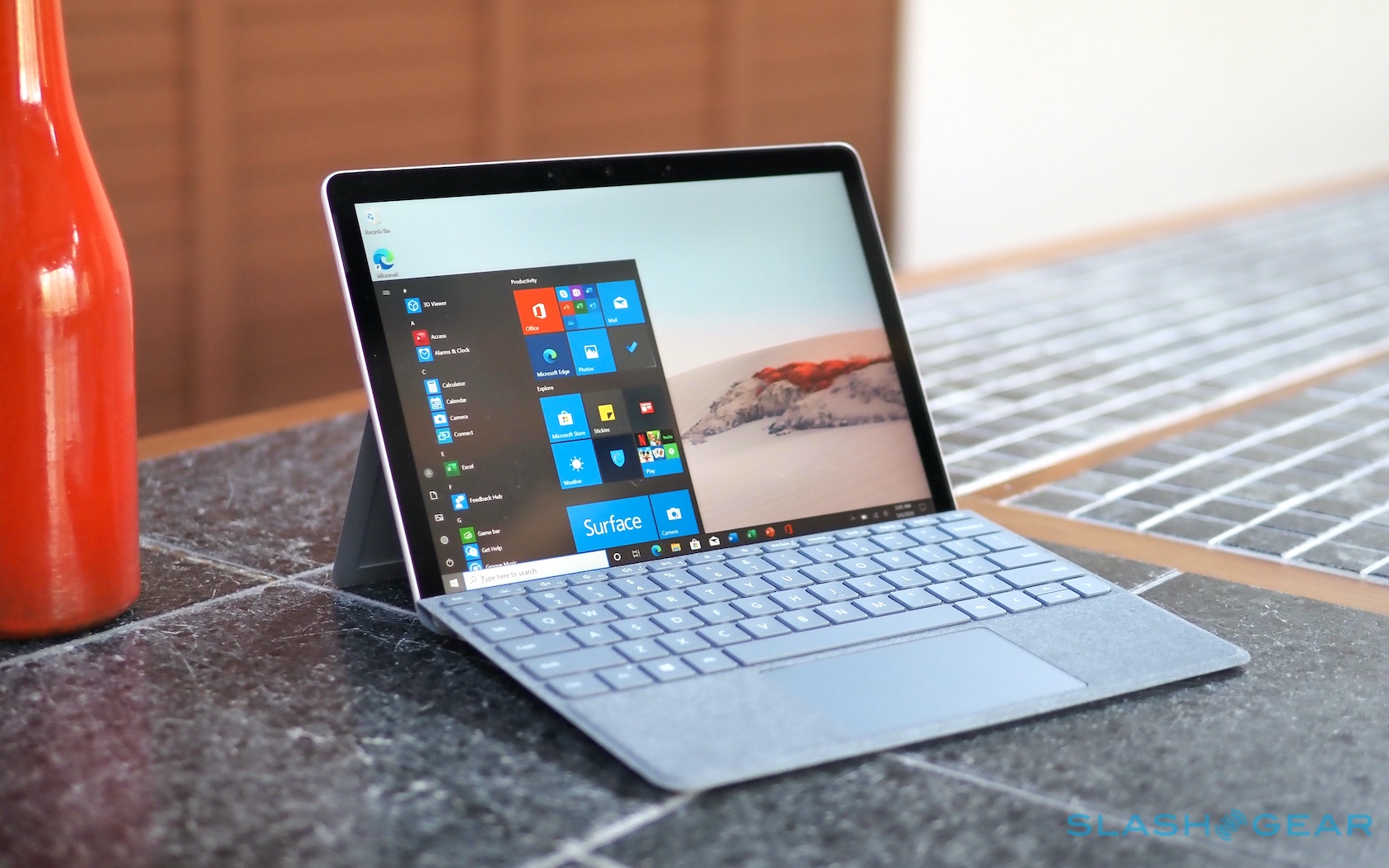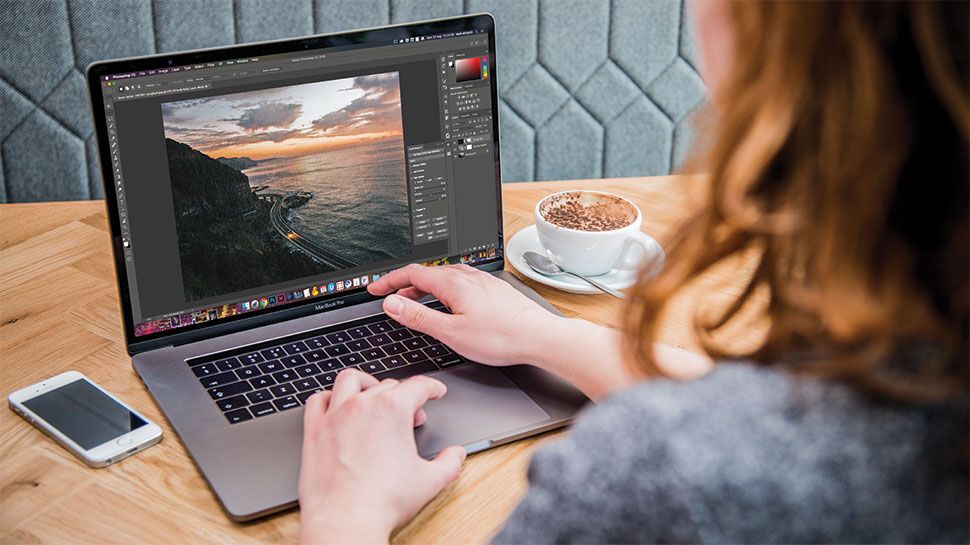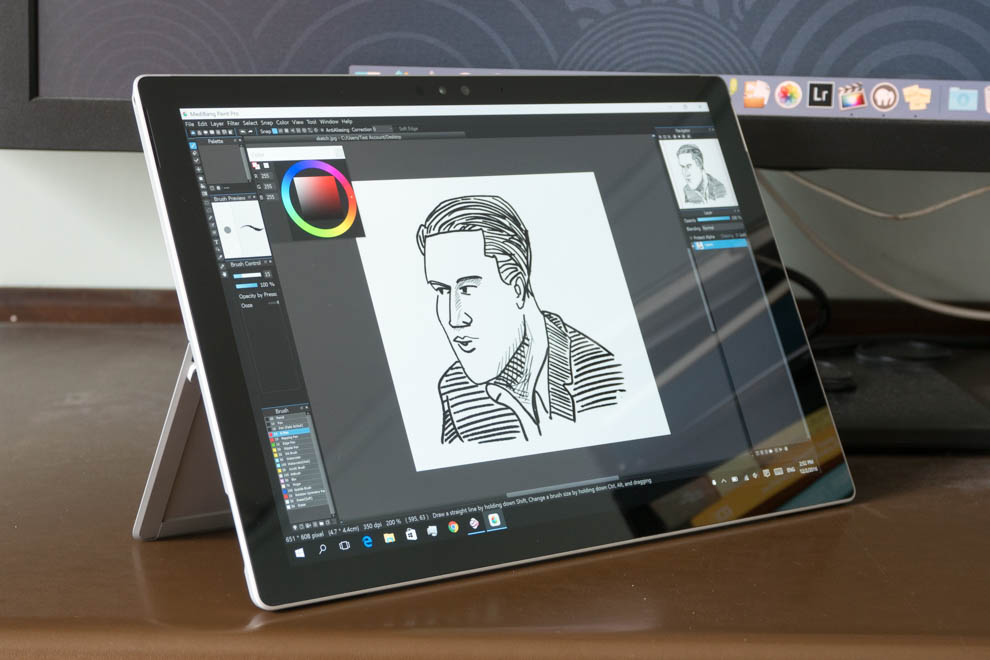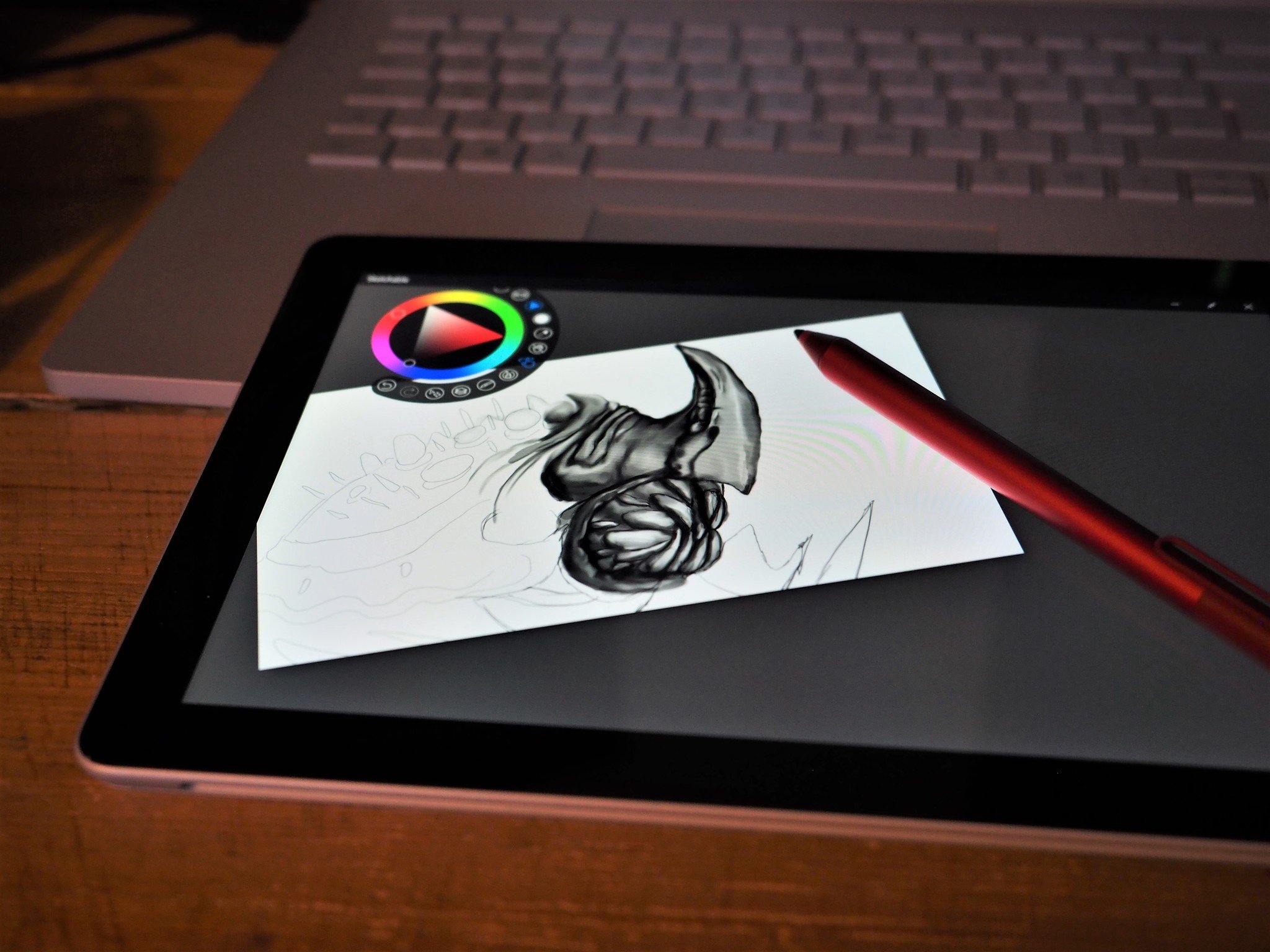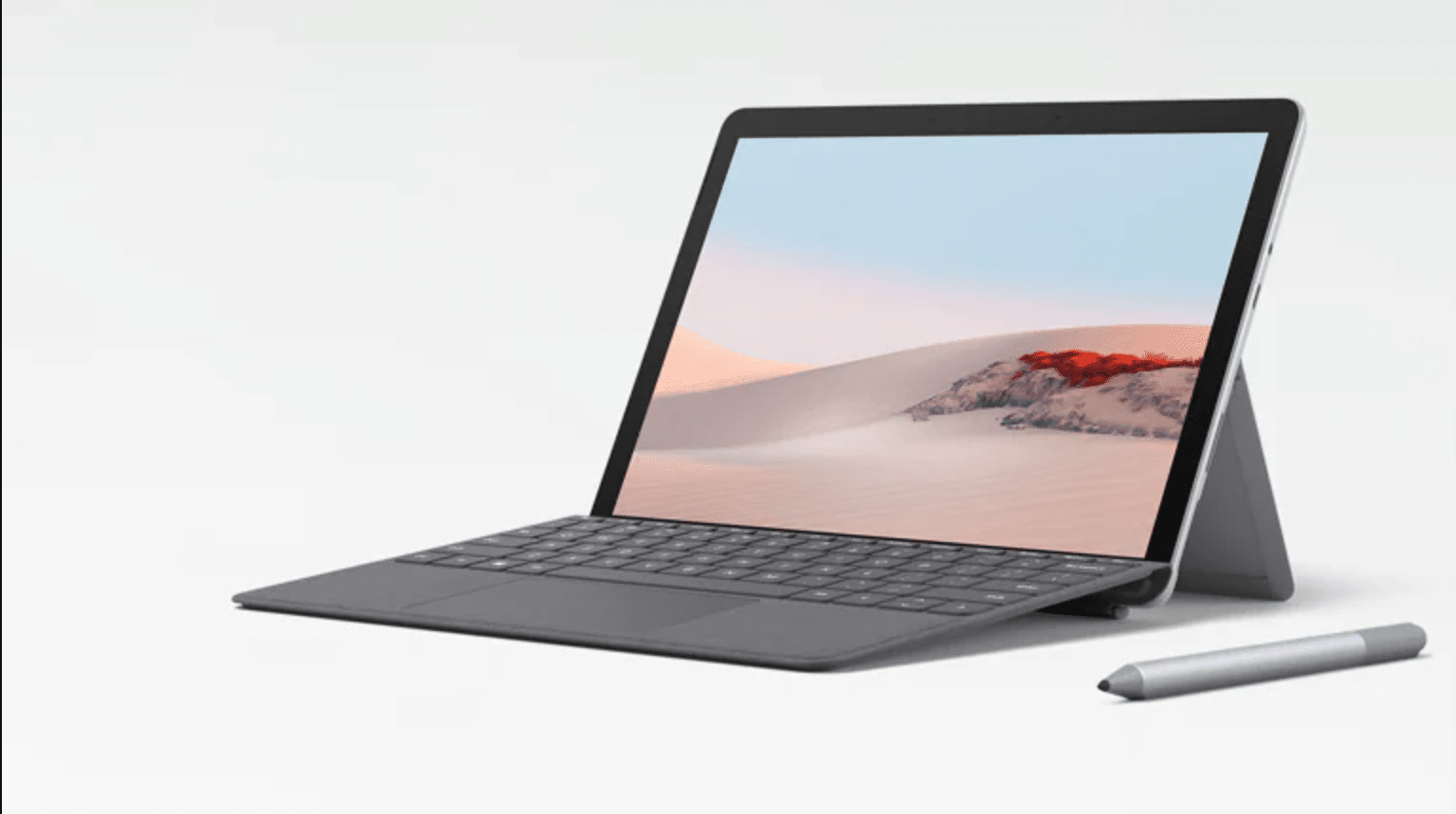Is The Surface Go Good For Photo Editing

The Microsoft Surface Go, known for its portability and affordability, has carved a niche as a versatile 2-in-1 device. But a crucial question remains for creative professionals: can this compact machine handle the demands of photo editing?
This article explores the Surface Go's capabilities for photo editing, examining its hardware limitations, software compatibility, and overall suitability for photographers and graphic designers. We will weigh the pros and cons to determine whether it is a viable option or if users should seek alternatives.
Surface Go: Specifications and Limitations
The Surface Go typically features an Intel Pentium Gold or Core i3 processor, coupled with varying amounts of RAM (4GB or 8GB) and storage (64GB, 128GB, or 256GB SSD). These specifications immediately highlight a potential bottleneck for resource-intensive tasks.
Adobe Photoshop and Lightroom, industry-standard photo editing software, demand significant processing power and memory. While the Surface Go can technically run these programs, performance may be sluggish, especially when working with large, high-resolution images.
The integrated Intel UHD Graphics also limit the device's ability to handle complex edits and rendering quickly. Professional photographers using intensive software may encounter difficulties.
Real-World Performance and User Experience
User reviews and online forums offer mixed opinions regarding the Surface Go's photo editing performance. Some users report acceptable performance for basic edits and quick adjustments on the go.
These users often emphasize the device's portability and pen support as significant advantages. The Surface Pen allows for precise and intuitive editing, making it ideal for tasks like retouching and masking.
However, others express frustration with the device's slow processing speeds and limited multitasking capabilities. This is especially true when working with multiple layers or applying complex filters. More demanding tasks would be better suited for more powerful hardware.
Software Compatibility and Alternatives
While the Surface Go can run Photoshop and Lightroom, lighter alternatives like Affinity Photo or web-based editors might offer a smoother experience. These programs are often optimized for lower-powered devices.
Furthermore, using cloud-based storage and editing workflows can help mitigate the device's storage limitations. Services like Adobe Creative Cloud allow users to access and edit files from anywhere.
However, those relying on CPU-intensive, advanced features may find the Surface Go too limiting. Consider upgrading to a more robust laptop with a dedicated graphics card if more power is needed.
The Verdict: A Qualified Recommendation
The Surface Go can be suitable for photo editing, but only for users with specific needs and expectations. It excels as a portable device for basic editing, quick adjustments, and on-the-go workflows.
However, it is not a replacement for a dedicated workstation or high-performance laptop. Professional photographers and graphic designers working with large files and complex edits will likely find the Surface Go underpowered. Consider the trade-offs.
Ultimately, the decision depends on the user's budget, workflow, and tolerance for limitations. For casual users and those prioritizing portability, the Surface Go can be a viable option. However, for professional-grade photo editing, more powerful alternatives are recommended.
